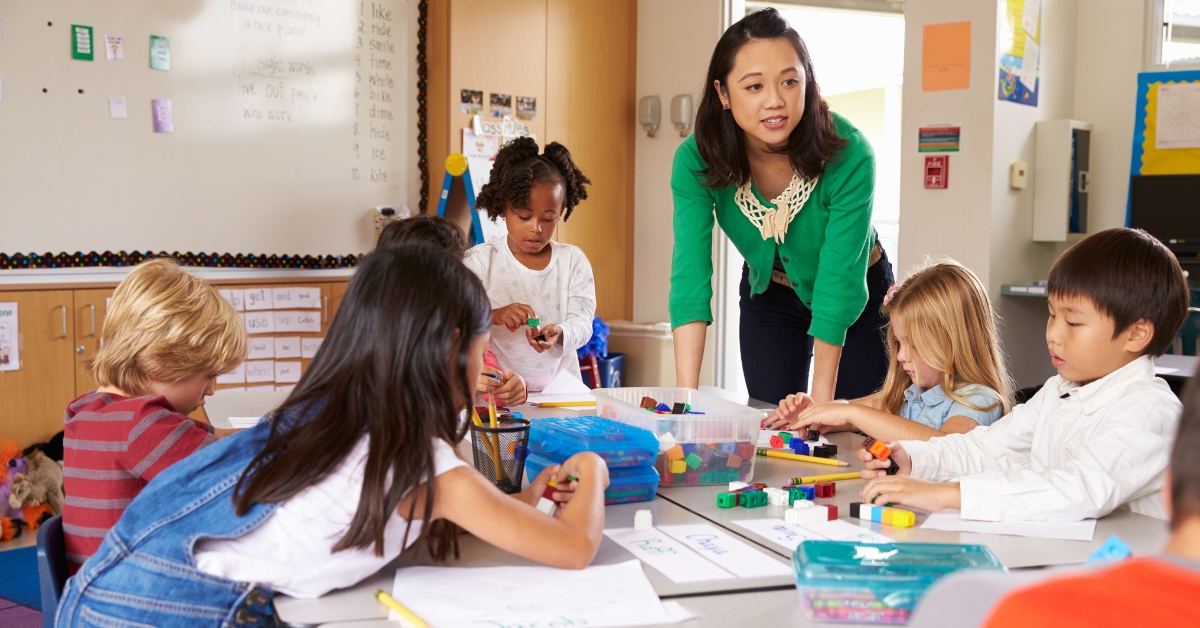Understanding ABA Therapy
Applied Behavior Analysis (ABA) therapy is a widely recognized and effective intervention for individuals with autism and other developmental disorders. It focuses on understanding and improving specific behaviors through systematic observation and data collection. ABA is built on the principles of behaviorism, aiming to enhance communication, social skills, and everyday living skills through structured interventions tailored to the individual’s needs.
As children grow and their needs evolve, transitioning into new environments is integral to their development. Transition specialists are invaluable in ensuring that the skills acquired during ABA therapy are effectively generalized and applied across various settings.
The Role of Transition Specialists
Transition specialists are professionals trained to support individuals through various life stages, particularly during transitions from one educational setting to another. They help bridge the gap between ABA programming and the real-world environments where these skills must be applied. Their expertise includes understanding the individual’s strengths and challenges, collaborating with families, and working closely with educators and other professionals to create a seamless transition plan.
By focusing on individualized strategies, transition specialists enhance the effectiveness of ABA therapy, ensuring that children can successfully navigate changes, such as moving from early childhood programs to school settings or from school to the workplace.
Importance of Collaboration
Collaboration between ABA therapists and transition specialists is crucial for several reasons:
- Holistic Support: Working together gives a more comprehensive view of the child’s needs. ABA therapists can offer insights into the specific behavioral goals of the child, while transition specialists can facilitate the implementation of these goals in various contexts.
- Individualized Approach: Each child is unique, and their transition experiences will differ. Collaborating ensures that the strategies used reflect the individual needs and preferences of the child, which can lead to better outcomes.
- Consistent Communication: Ongoing dialogue between therapists and transition specialists fosters an environment of shared knowledge and expectations. This consistency is vital in helping the child understand expectations and maintain progress across environments.
- Empowering Families: Transition specialists often work directly with families, providing them with tools and resources to support the transition process. This advocacy is incredibly beneficial in creating a supportive home environment for the child.
Creating Effective Transition Plans
Creating an effective transition plan is a multifaceted process. The following steps outline how transition specialists and ABA therapists can work together to develop a seamless strategy:
- Assess Current Skills: Begin with a comprehensive assessment of the child’s skills and areas that require growth. Collect data from ABA sessions to understand their achievements and challenges.
- Set Collaborative Goals: Establish clear, measurable goals aligned with the skills needed for the upcoming transition. Involve all stakeholders, including the child (if age-appropriate), in this goal-setting process to ensure everyone is on the same page.
- Develop a Support Network: Identify the key individuals involved in the child’s education and support. This may include educators, therapists, and family members. Building a support network ensures everyone is informed and working towards common objectives.
- Implement Strategies: Design and implement specific strategies that will help facilitate the transition. This may include social stories, role-playing, and gradually introducing the child to new environments.
- Monitor Progress: Regularly review the child’s progress toward their goals. Gathering feedback from all team members is essential for making necessary adjustments and celebrating successes.
- Prepare for Challenges: Anticipate potential challenges during the transition and establish strategies to address them. This proactive approach helps ensure the child is well-equipped to handle any difficulties.
The Impact of Successful Collaboration
When ABA therapists and transition specialists collaborate effectively, the impact on the child can be profound. Children are likely to experience smoother transitions, enhanced social interactions, and improved overall outcomes. A successful collaboration boosts the child’s confidence as they face new challenges and empowers families and educators with the strategies to support the child throughout their development.
Furthermore, this partnership can lead to identifying new opportunities for growth and learning. As children transition into different environments, they often encounter new experiences and challenges, providing valuable opportunities to further develop their skill sets.
Building Bridges Beyond Transitions
The collaboration between ABA therapists and transition specialists extends beyond just aiding transitions. Effective communication and teamwork can lead to establishing best practices, sharing resources, and a greater understanding of each discipline’s contributions to the child’s development.
Moreover, the insights gained from collaboration can influence policy-making and program development, benefiting a broader community of individuals with autism and their families. Sharing successes and challenges within professional networks can foster growth and improve practices.
Conclusion
Building bridges through collaboration between transition specialists and ABA therapists is essential for supporting individuals with autism as they navigate significant transitions in life. Working together, they can develop individualized strategies that empower children and set them up for success in new environments. This comprehensive approach enriches the child’s experience and provides a framework for families, educators, and professionals to foster ongoing growth and development.
Through a commitment to collaboration and a focus on holistic support, we can ensure that children receiving Move Up ABA have the tools to thrive during transitions and throughout their personal development journey. Let us continue to work together towards a future where every child with autism can reach their full potential. ̈




